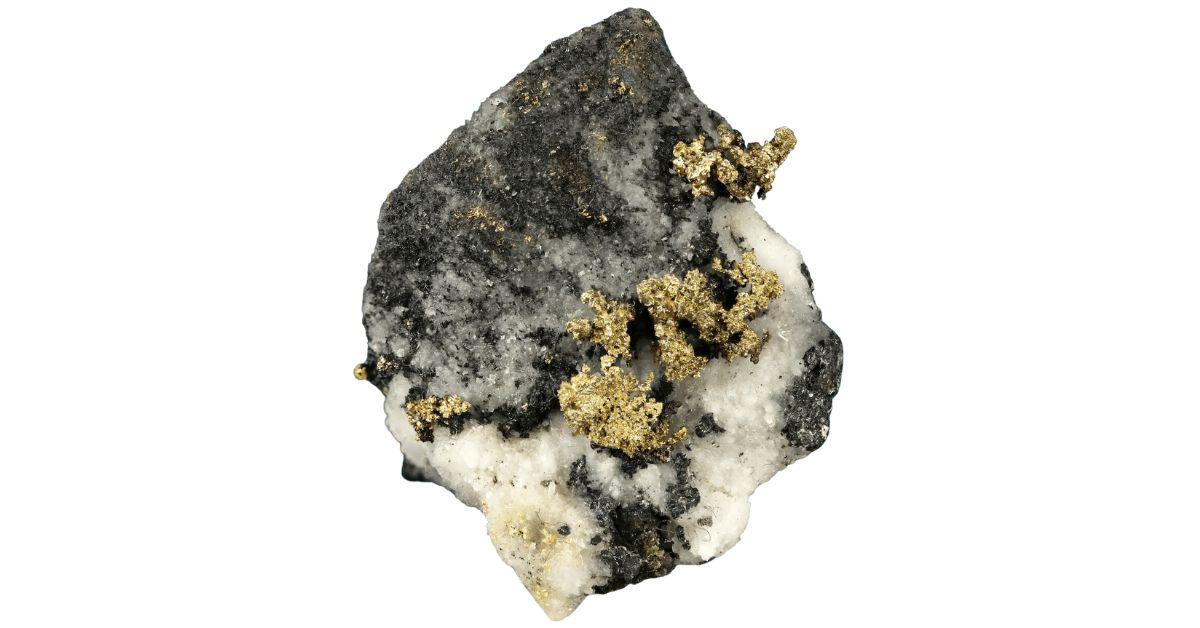Finding out if a rock contains gold involves a mix of simple and detailed methods. Each technique offers a clue about whether the shiny bits you see are actually gold or something else.
Some methods use everyday items you might have at home, while others might require a special trip to the store
With these methods, you can explore the fascinating world of rock and mineral identification with a hands-on approach, getting to know more about the nature of gold and how to spot it.
The Tools You’ll Need
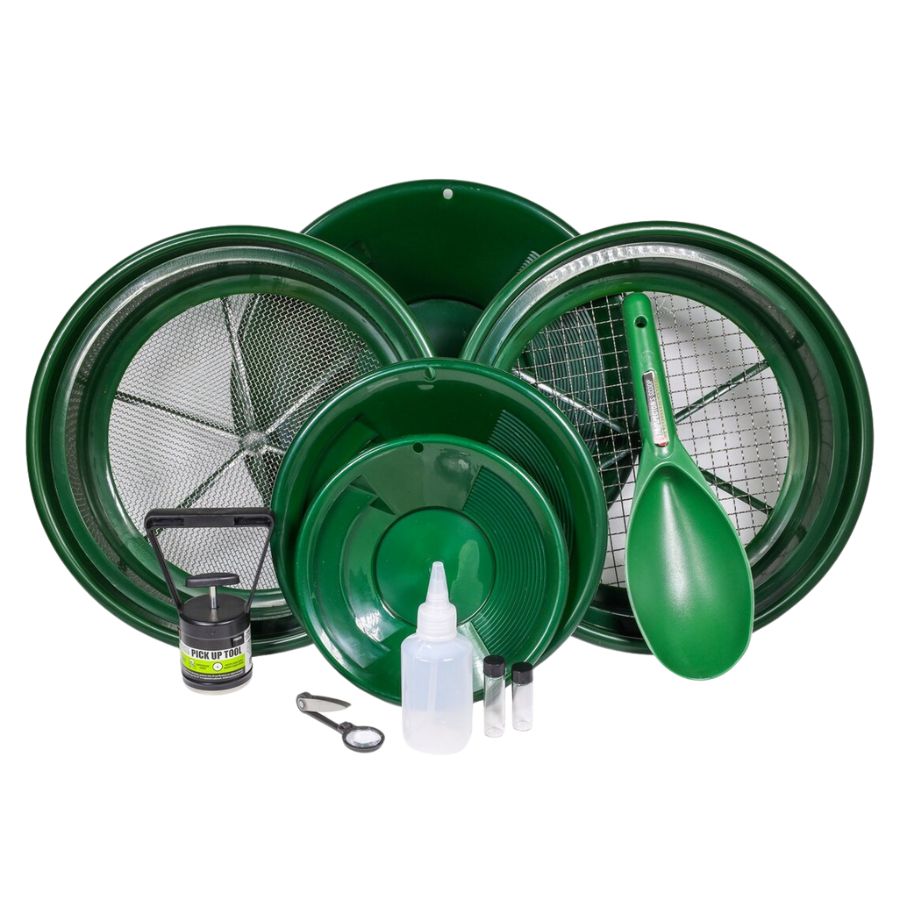
To conduct all the tests described for identifying gold in a rock, you would need the following tools:
- Magnifying tool or gem loupe
- Food scale (precision to tenths of a gram)
- Large measuring cup (for volume measurement)
- Rare-earth magnet
- Steel razor blade or very sharp knife
- Unglazed ceramic streak plate
- Gold pan
- Rock hammer
- Mortar and pestle
Non-Destructive Methods
Exploring how to tell if a rock has gold without damaging it offers a safe starting point. These mineral identification methods ensure that the rock stays intact while still giving you clues about what’s inside.
Visual Inspection
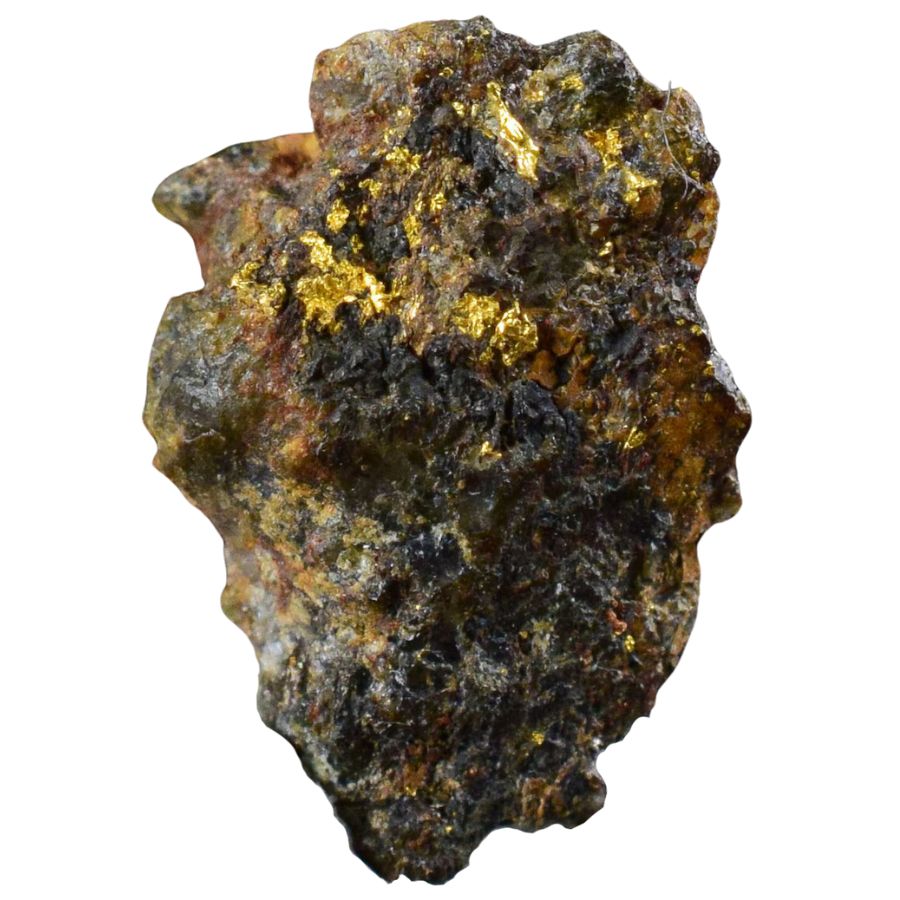
Before you test a rock for gold, cleaning it is crucial to see its surface clearly. This helps in spotting gold-colored flecks or banding, which are initial signs of gold.
Real gold differs from pyrite, which is often mistaken for gold, by its smoother appearance and true yellow-gold color, lacking the crystalline structure seen in pyrite.
Using a magnifying tool can aid in examining small flecks within the rock, as distinguishing gold from pyrite with the naked eye can be challenging without comparing them directly.
Further testing beyond visual inspection is usually necessary for confirmation.
Weight and Volume
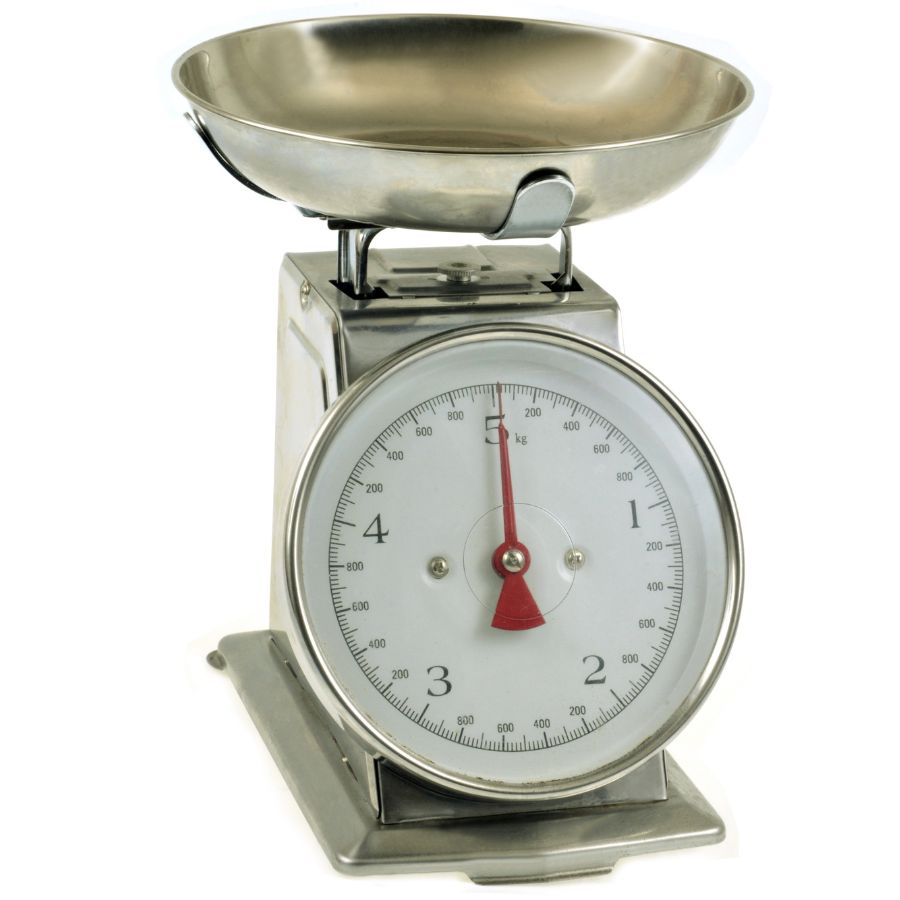
Testing the density of a rock can help figure out if it has gold. Since gold is much heavier than most other substances found in rocks, knowing a rock’s density gives you clues.
First, weigh the rock on a food scale and record its weight. Next, fill a measuring cup halfway with water and note the level. Gently place the rock in the water and see how much the water rises. This rise tells you the rock’s volume.
Finally, divide the rock’s weight by its volume to calculate its density. This method helps you guess if the rock might contain gold, as gold is much denser than most common materials.
If the density is much higher than that of common rock materials, it might mean there’s gold inside.
Magnetism Test
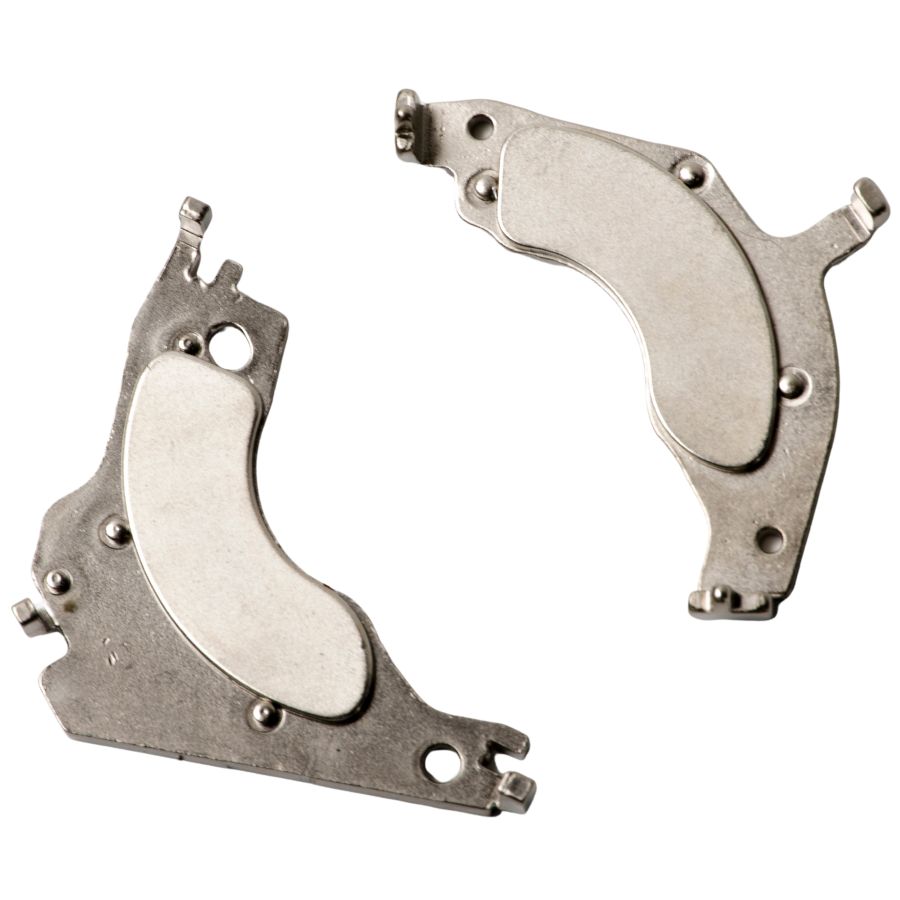
Testing a rock for gold using magnetism is simple because gold is not attracted to magnets, unlike pyrite, which is magnetic due to its iron content.
This method involves using a strong magnet, like a rare-earth magnet from a hardware store, to see if the rock reacts. While magnetism can indicate the presence of pyrite, it doesn’t rule out gold since they can be found together.
However, if there’s no magnetic reaction, it doesn’t necessarily mean the rock contains gold, especially if pyrite content is low. This test should be part of a broader approach to identifying gold.
Sniff Test
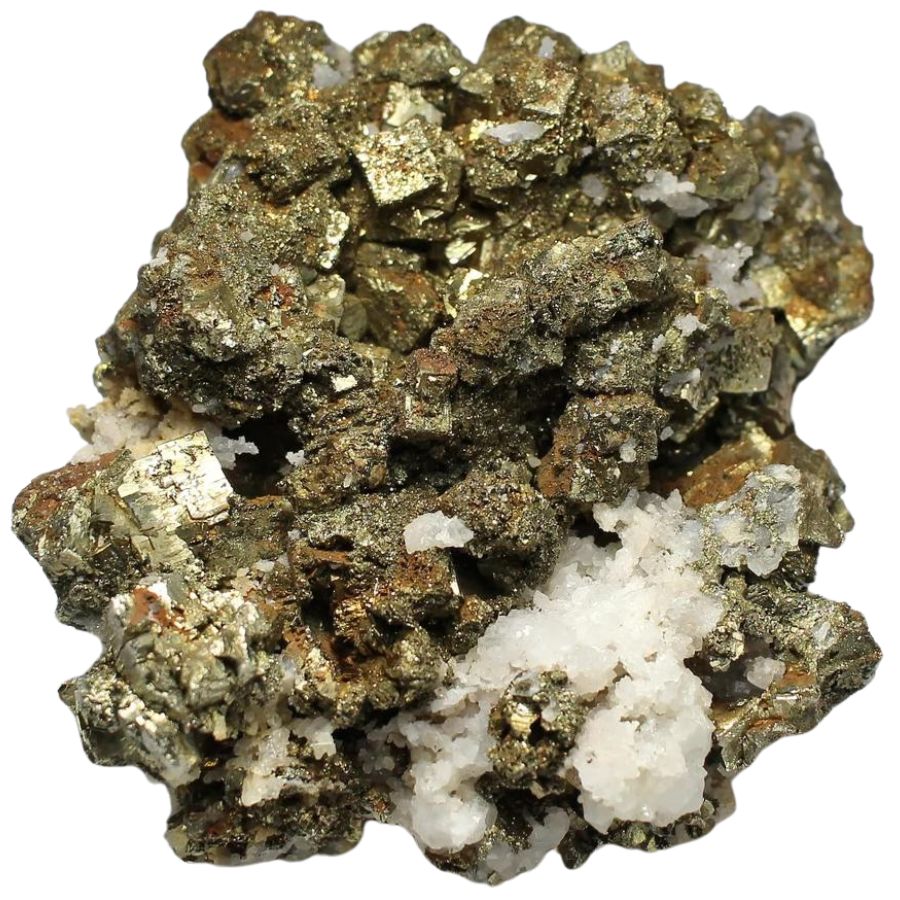
To test if a rock has gold, rubbing the rock and smelling it can be informative. Gold doesn’t have a smell, but pyrite, often confused with gold, smells like rotten eggs due to its sulfur content.
This method is easy and doesn’t damage the rock, but it won’t differentiate gold from mica, which also doesn’t have an odor. It’s a quick test but should be used with other methods for a more accurate identification.
Shine Test
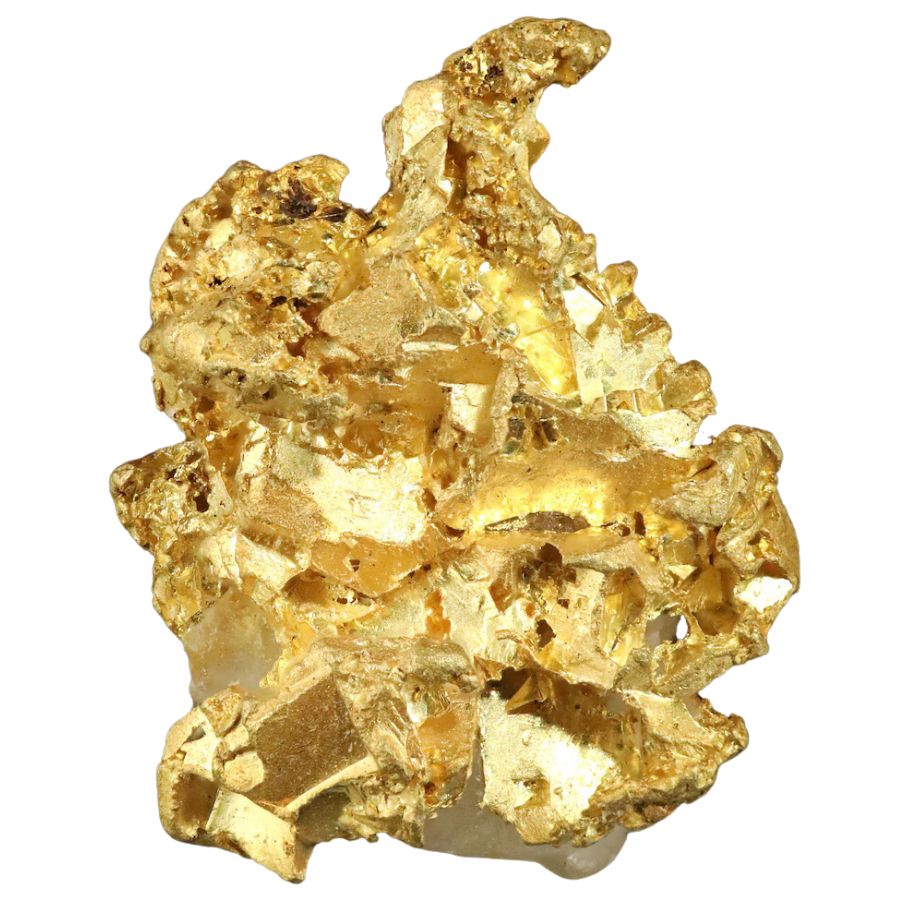
Testing if a rock has gold can also be done by observing its shine in different lighting conditions. Gold reflects light in a unique way, glowing rather than flashing back, unlike fool’s gold which might reflect light more directly.
By taking the rock into sunlight and then shading it with your hand, gold will still shine through, demonstrating its reflective quality without the need for bright light.
This method helps distinguish gold from other minerals but should be combined with other tests for a thorough assessment.
Destructive Methods
It’s important to know that some tests are quite effective but might damage your rock permanently. Only proceed with these more destructive methods if you’re okay with the possibility of changing how your rock looks or even destroying it completely.
Hardness Test
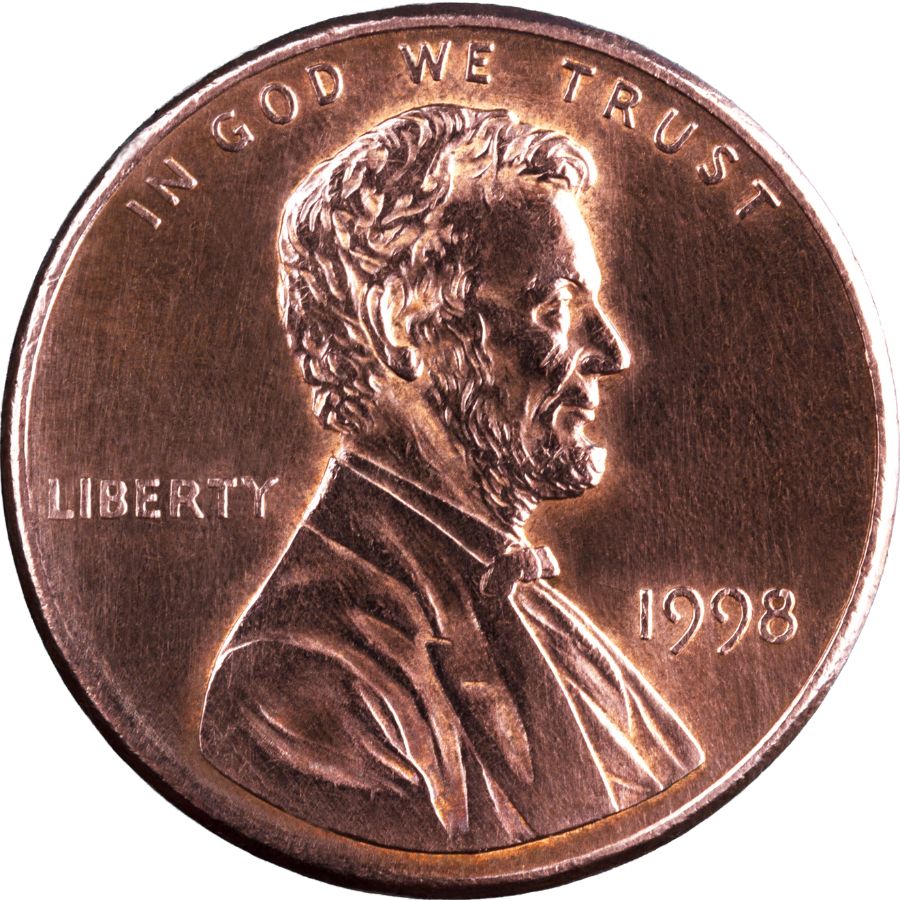
To test a rock for gold, you can try a hardness test. Gold is softer than many other minerals, with a hardness of 2.5 to 3. So if you scratch it on glass and it leaves a mark, it might not be gold because gold is too soft to scratch glass.
Another way is to use a knife or a piece of copper, like a penny. If the rock scratches the penny, it’s not gold since gold is softer and won’t scratch copper.
These tests are more aggressive and may damage the sample, so they should be used carefully.
Streak Test
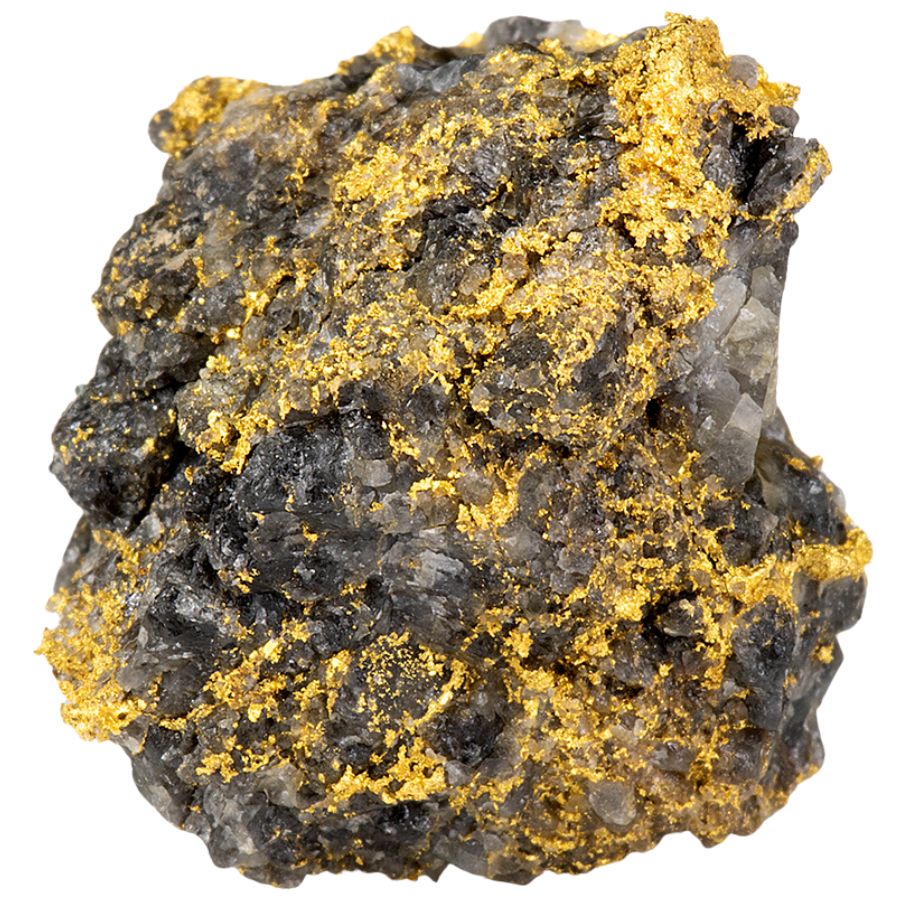
The streak test is a way to identify minerals, including gold, by rubbing them on an unglazed ceramic tile and observing the color of the streak they leave.
Gold will leave a gold streak, while other minerals like pyrite and mica leave black and white streaks, respectively.
This test can damage your sample, so it’s important to proceed with caution and understand that the color of the streak is a key indicator of the mineral’s identity.
Ductility Test
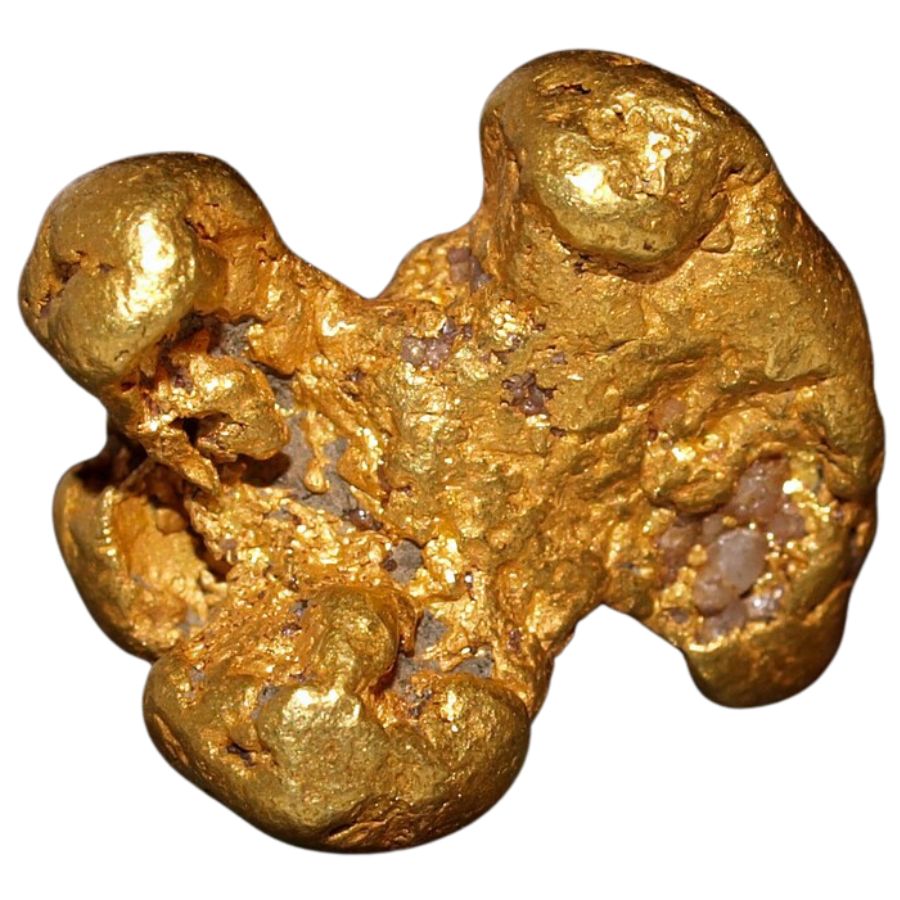
Ductility refers to a material’s ability to deform under stress without breaking, a key characteristic of gold. Testing for ductility involves trying to bend or dent a piece of the suspected gold in the rock with your fingernail.
If the material bends or dents, it’s likely gold, as gold is much softer and more malleable than other minerals that might be confused with it, such as pyrite.
This simple test helps distinguish gold from harder, more rigid minerals that won’t easily deform.
Crushing and Panning
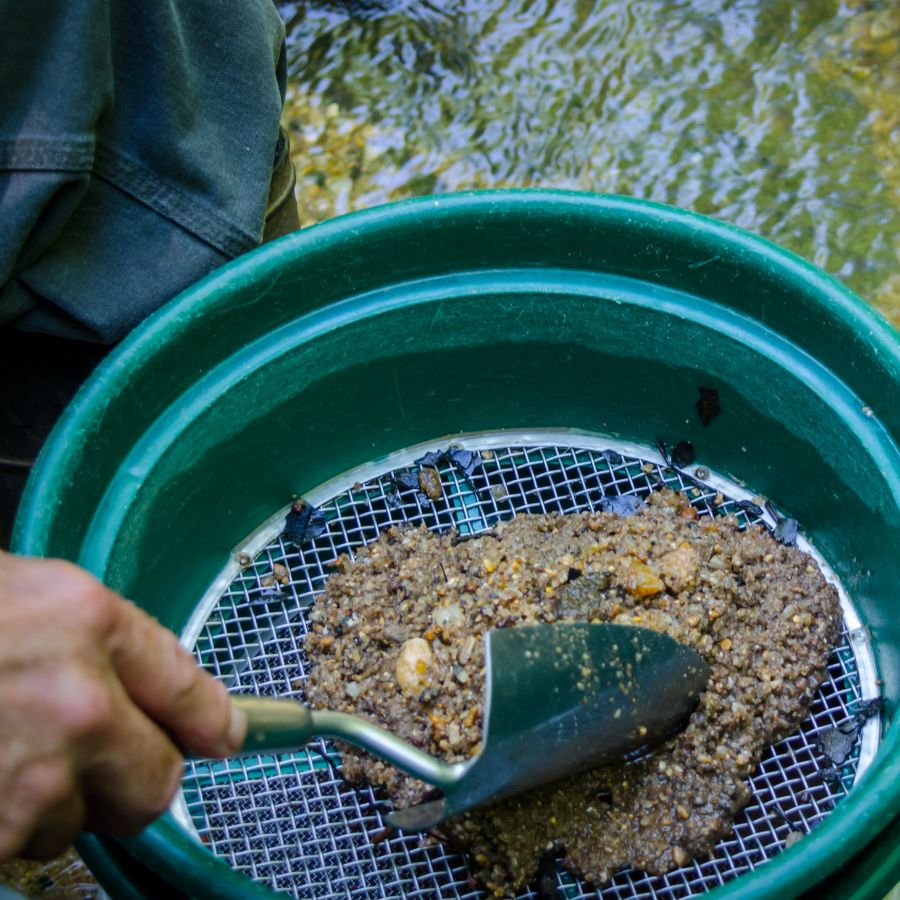
Crushing a rock and panning the particles is a way to find gold by breaking the rock into small pieces and using water to separate the gold from other materials.
This method takes advantage of gold’s heavy nature, allowing it to settle at the bottom of the pan while lighter materials wash away.
It’s a very hands-on and destructive test but can be effective in revealing even small flakes of gold among the crushed rock.
This approach requires a gold pan and tools to crush the rock, such as a rock hammer and a mortar and pestle.

